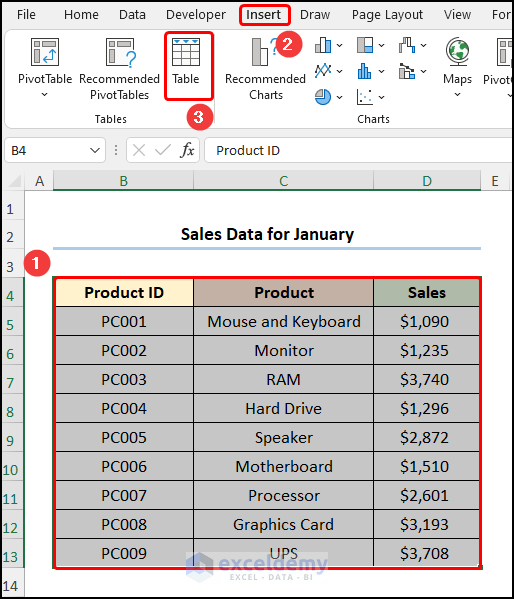3 Steps to Own an Automatic Weapon Legally

The allure of owning an automatic weapon often sparks curiosity, interest, and even debate among individuals. Whether for the purpose of collection, self-defense, or historical significance, navigating the legal pathway to own one of these firearms is filled with critical steps and requires a deep understanding of federal and state regulations. In this detailed guide, we'll walk through the three fundamental steps to legally own an automatic weapon, shedding light on what it takes to secure these fascinating yet heavily regulated firearms.
Step 1: Understand Federal Law

The first and perhaps most crucial step in owning an automatic weapon legally is to thoroughly comprehend the federal regulations governing such ownership:
- The National Firearms Act (NFA) of 1934: This act requires the registration of certain firearms, including automatic weapons. Here’s what you need to know:
- Definition: An automatic weapon is one that fires continuously with a single pull of the trigger.
- Registration: Owners must register these firearms with the Bureau of Alcohol, Tobacco, Firearms and Explosives (ATF).
- Tax Stamp: A tax of $200 must be paid when transferring an NFA firearm.
- The Firearm Owners Protection Act of 1986: This law prohibited the manufacture, transfer, and import of machine guns for civilian use, except for those registered before May 19, 1986, known as “pre-86” guns.
Background Checks and Documentation

Before you even think about purchasing an automatic weapon, you must undergo a thorough background check:
- A Form 4 must be filled out for a transfer from a Class 3 licensee.
- The ATF will review your application, and this process can take several months.
- Expect fingerprinting and law enforcement certification.
When navigating through these legal frameworks, ensure you:
⚠️ Note: Always consult with a legal expert or an FFL (Federal Firearms Licensee) specializing in NFA firearms for personalized advice.
Step 2: Secure a Class 3 Firearm License

Acquiring a Class 3 license, which is actually a Special Occupational Tax (SOT) status, is essential for owning automatic weapons legally. Here’s how to proceed:
- FFL (Federal Firearms License):
- Apply for a Type 01 or Type 02 FFL, which are dealer licenses.
- Pay the $200 SOT tax annually for the Class 3 privilege.
- Obtain a Class 3 License:
- Complete the necessary application (Form 5320.23) along with fingerprints.
- Ensure you have a “place of business” for your FFL, even if it’s within your home.
The Process

The path to a Class 3 license involves several key elements:
- Compliance with all zoning laws and local ordinances.
- Approval from the ATF, which can take weeks to months.
- Payment of the SOT fee with your FFL renewal.
After securing your Class 3 license, you’re now legally allowed to engage in the transfer of NFA firearms, but remember:
📍 Note: Each transfer of an automatic weapon still requires a separate tax stamp and approval process.
Step 3: Purchase and Transfer

With your legal standing in place, you can now proceed to purchase an automatic weapon:
- Finding a Firearm:
- Contact NFA dealers who specialize in automatic weapons.
- Attend auctions where pre-86 automatic weapons are sold.
- Join enthusiast groups or forums for leads.
- Transfer Process:
- File Form 4 with the seller, your fingerprints, and a photo.
- Wait for ATF approval, which can take anywhere from 3 to 12 months.
Table: Key Forms for Automatic Weapon Transfer

| Form | Purpose |
|---|---|
| Form 1 | To make or modify an automatic weapon |
| Form 4 | Transfer of an NFA firearm to an individual |
| Form 5 | Tax-exempt transfer for government or law enforcement |

Remember:
🔫 Note: Ownership of automatic weapons is highly scrutinized; any legal infractions can lead to severe penalties.
In conclusion, the journey to legally owning an automatic weapon is intricate, requiring patience, a meticulous eye for detail, and adherence to federal laws. From understanding and navigating federal and state laws to securing a Class 3 license and managing the transfer process, each step is fraught with bureaucratic hurdles but also opens doors to a unique aspect of firearm ownership. This guide has provided a roadmap, but the path itself is one that few will travel due to the complexity and expense involved. For those who do, it represents not just the possession of a powerful tool, but a deep commitment to understanding and respecting the legal responsibilities that come with owning an automatic weapon. Responsible ownership, careful compliance with all regulations, and a thorough education on firearm safety and law are paramount for anyone embarking on this path.
Can I own an automatic weapon if I live in a state with strict gun laws?

+
Yes, federal law supersedes state laws in this matter, allowing ownership of NFA firearms. However, you must adhere to all state and local laws concerning storage, transportation, and usage.
Are there any exceptions to the post-1986 manufacturing ban?

+
The primary exception is for law enforcement agencies, which can still purchase automatic weapons manufactured after 1986.
How much do automatic weapons typically cost?

+
The price for an automatic weapon can range from 5,000 to well over 30,000, depending on rarity, historical significance, and condition.
What happens if I move to a state with different firearm laws after owning an automatic weapon?

+
You’ll need to check the firearm laws of your new state. Many states require automatic weapons to be registered or have specific storage requirements, regardless of your original purchase location.



